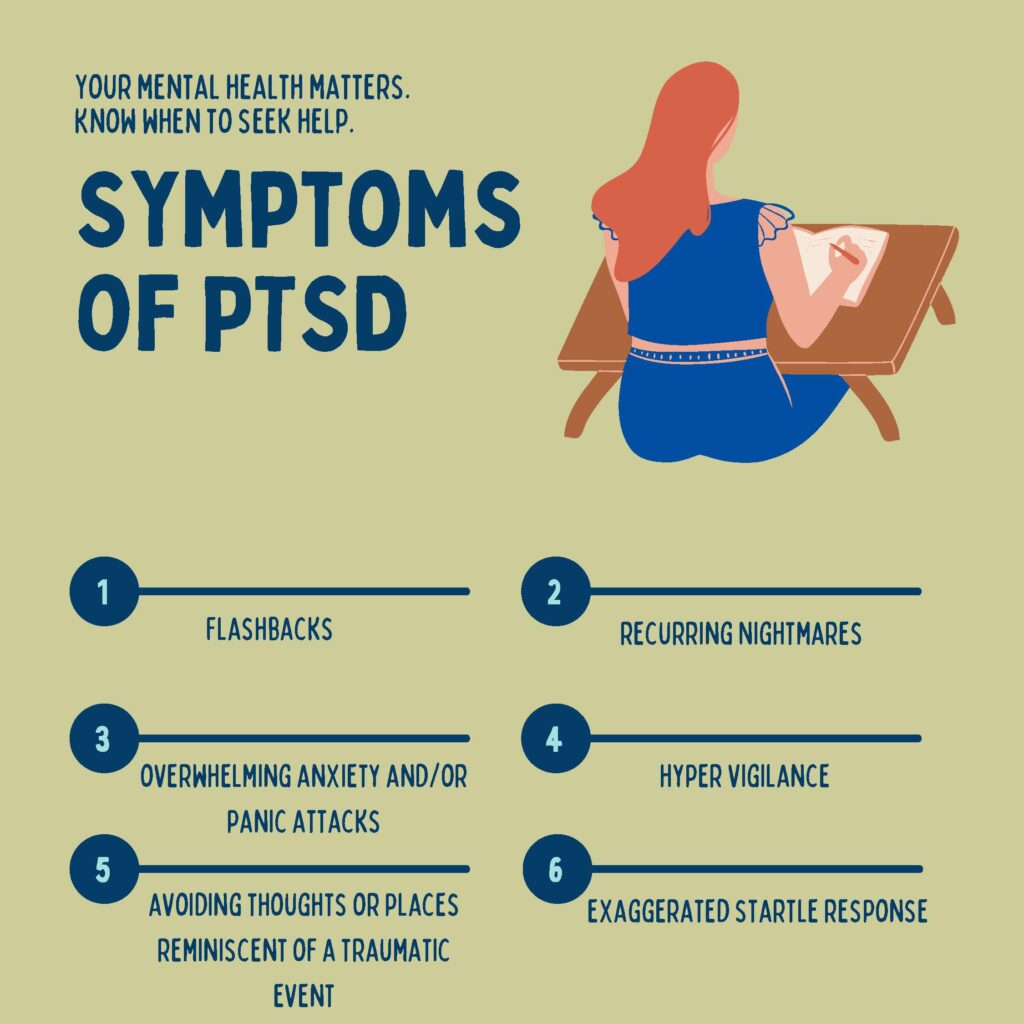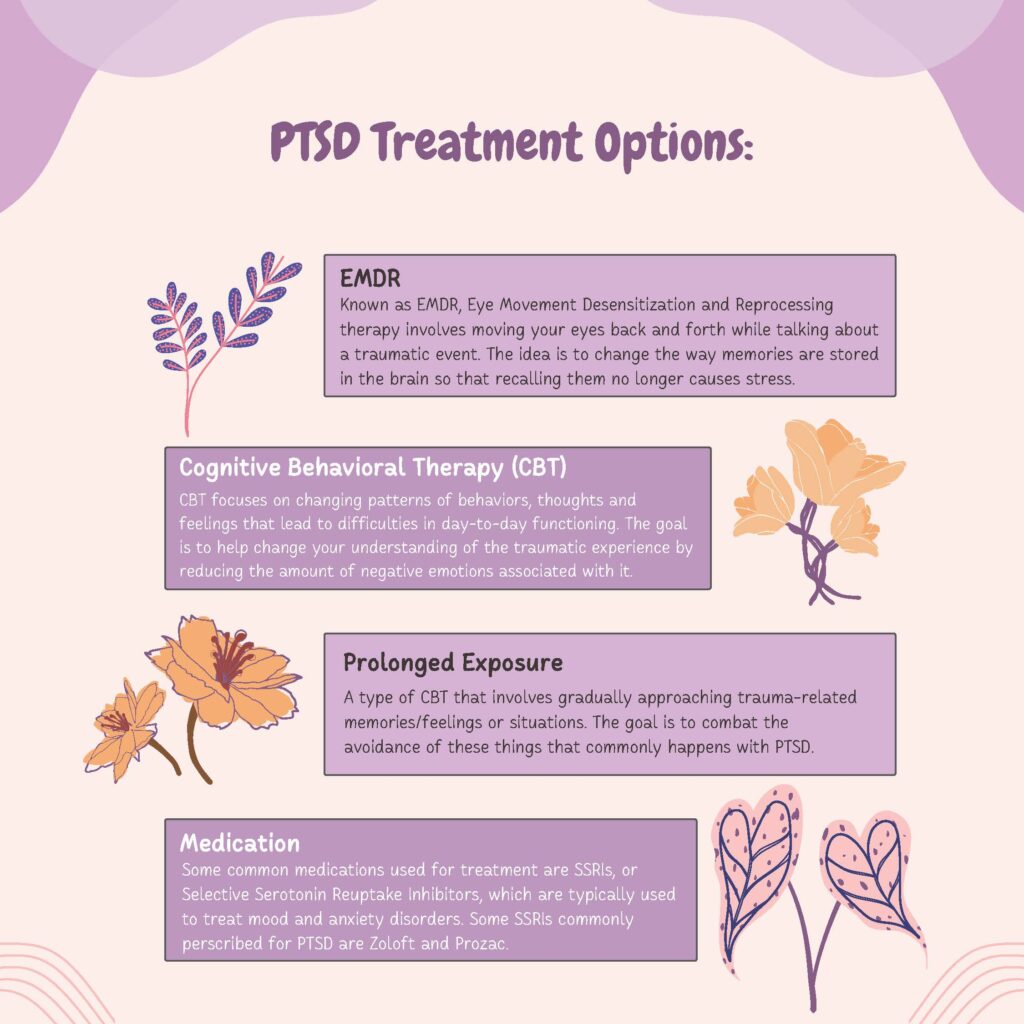Post-traumatic stress disorder (PTSD) is developed as a result of experiencing or witnessing a traumatic event, and it actually changes the structure of your brain; complex PTSD (C-PTSD) develops as a result of experiencing repeated traumatic events and is more likely to occur if the trauma was experienced at a young age. Common symptoms associated with PTSD include nightmares, flashbacks, stress and anxiety, and hypervigilance. Linked below are a few personal stories from people living with PTSD, and while it’s commonly associated with veterans, these stories show that PTSD doesn’t solely emerge from experiencing combat situations, but that there are multiple situations that may result in its development.

Daniel’s story details how he developed PTSD after undergoing an emergency heart procedure and then experiencing a subsequent anxiety attack that he thought was another heart issue. He explains that he felt chest pain which brought him back to the traumatic night of his procedure, and immediately went to the emergency room because he thought it was happening again, only to be told he was having an anxiety attack. After seeking therapy, he was diagnosed with an anxiety disorder and PTSD. He was able to get on medication and found a variety of techniques to help manage his symptoms.
Rita’s story describes how for her, PTSD manifested in repeated panic attacks that wouldn’t stop no matter how many anxiety-related therapies she tried. Eventually she found a therapist who was able to put a name to her feelings of panic and identify that her PTSD stemmed from childhood. When she started doing EMDR (eye movement desensitization and reprocessing) therapy with this therapist, she finally started feeling some relief after a few weeks’ time.
Denise’s story details how she developed PTSD after a student threatened her and the other students in her classroom with a knife. She blamed herself for the incident and became emotionally volatile, experiencing violent mood swings and suicidal thoughts. She ended up going to her doctor, who gave her a tentative PTSD diagnosis, before going to a psychologist who affirmed it. She was then able to get on medication to help manage her symptoms, and ended up moving to get away from her environmental triggers.
If you or a loved one are experiencing symptoms of PTSD, don’t be afraid to seek out therapy using sites like Psychology Today, or other informational resources online like the APA, the Anxiety and Depression Association of America (ADAA), the National Center for PTSD through the VA, or NAMI’s own website.
